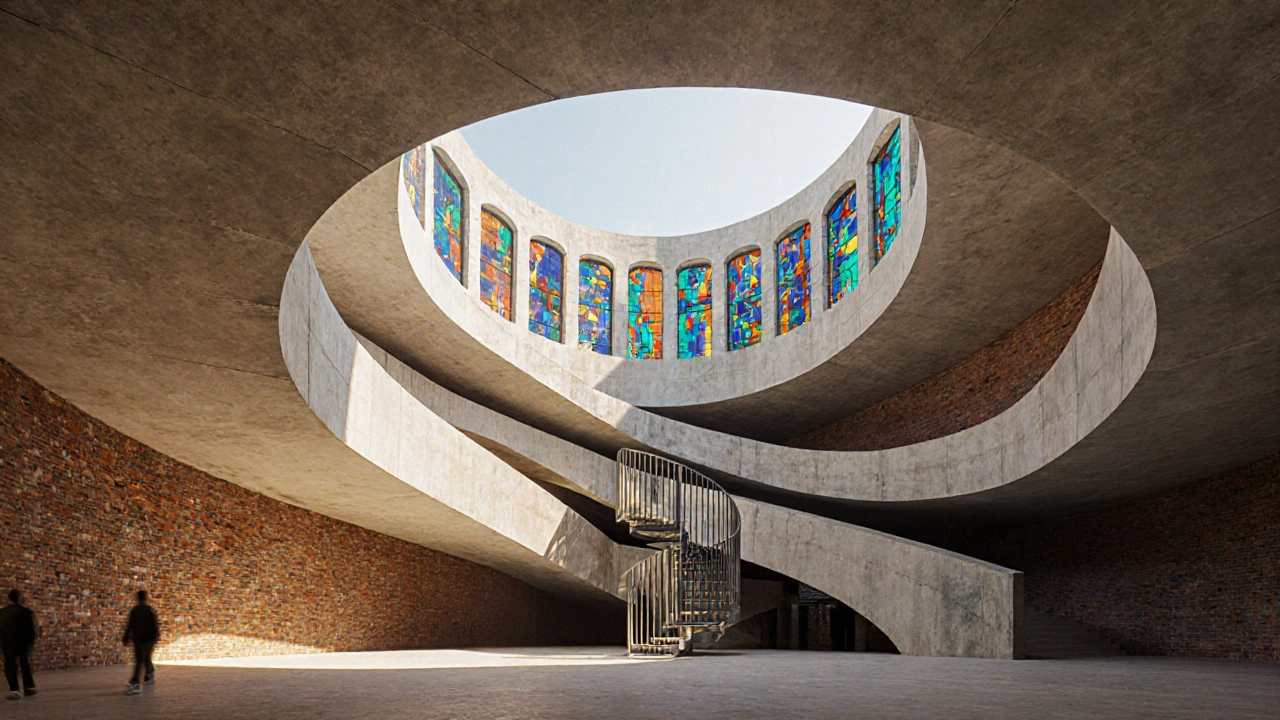Explore how expressionist architecture uses bold forms, materials, and light to create emotional connections, with history, key architects, and practical design tips.
Emotional Connection in Architecture – How Design Moves Us
When you feel that sudden rush of awe stepping into a vaulted cathedral or the quiet comfort of a sun‑lit living room, you’re experiencing Emotional Connection, the feeling a space creates that ties people to a place, time, or memory. Also known as affective resonance, it links the viewer’s senses to the built environment, turning a mere structure into a personal story.
That story begins with architecture, the art and science of shaping buildings and spaces. Architecture provides the canvas: scale, proportion, light, and material all act as visual cues that trigger feelings. Emotional connection encompasses architecture because the way a wall rises or a roof folds can instantly lift or calm the spirit. Design, the purposeful arrangement of forms, colors, and textures fine‑tunes those cues. A well‑placed window frames a sunrise, a tactile stone wall invites touch, and a rhythmic pattern of columns whispers steadiness. Design influences emotional connection by deciding which senses are engaged first.
While architecture and design set the stage, art, the creative expression that adds meaning and narrative adds the emotional script. Think of a dramatic fresco in a Baroque chapel or a minimalist sculpture in a modern lobby. Art amplifies emotional connection by layering stories, symbolism, and cultural reference points onto the built form. When a visitor recognizes a familiar motif—like a Greek key pattern or a colonial cornice—they instantly feel part of a larger heritage.
Heritage itself is the third pillar. Heritage, the accumulated cultural memory embedded in buildings and places shapes how we interpret space. A Dutch Colonial Revival home reminds us of early American perseverance; a Roman arch whispers engineering brilliance from centuries past. Heritage shapes emotional connection because each historic detail carries stories that our minds retrieve, turning architecture into a living museum.
How Emotional Connection Shapes Your Architectural Experience
Putting these pieces together, emotional connection becomes a measurable attribute of any building. It can be broken down into three core attributes:
- Physical Attributes: light, scale, material, proportion—these are the tangible levers architects pull.
- Visual Narrative: motifs, color palettes, art installations—that’s the storytelling layer.
- Cultural Resonance: historic references, regional craftsmanship, community memory—that ties the space to a larger identity.
Our collection below showcases how different architectural styles—Renaissance, Rococo, Baroque, Colonial, and even modern movements like Constructivism—use these attributes to forge emotional bonds. Each article breaks down the style’s signature features, explains why those features tug at the heart, and offers tips for preserving or adapting that feeling in today’s projects. Whether you’re a homeowner, a student, or just a curious explorer, you’ll find concrete examples of how emotional connection works in real‑world design.
Ready to see how history, art, and design combine to create spaces that move you? Dive into the posts below for a deeper look at each style’s emotional toolkit and discover practical ideas you can apply right away.

